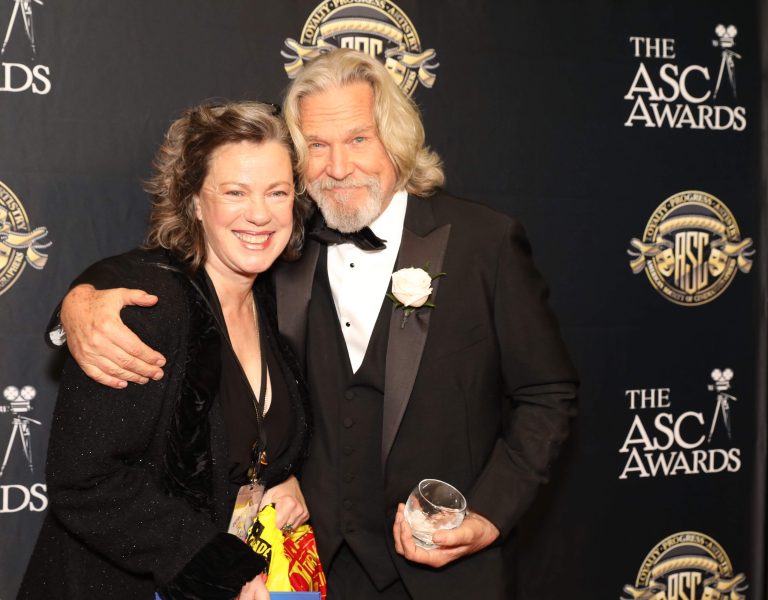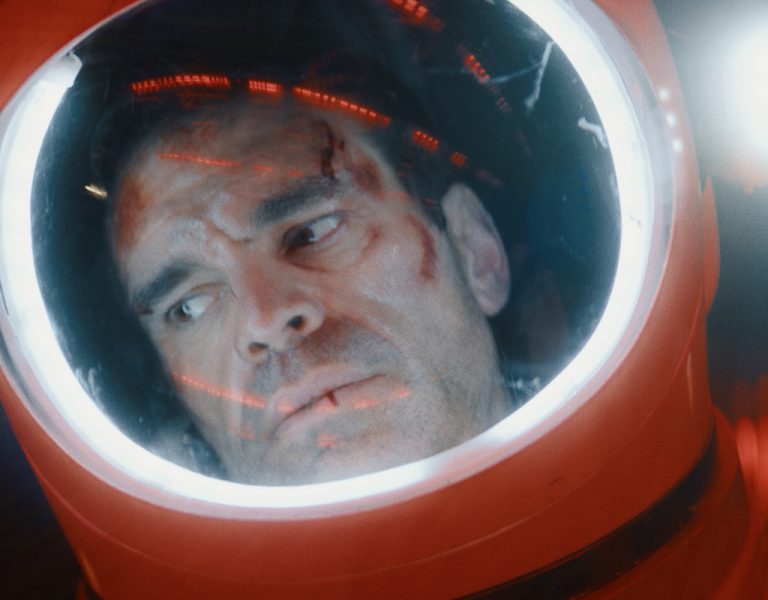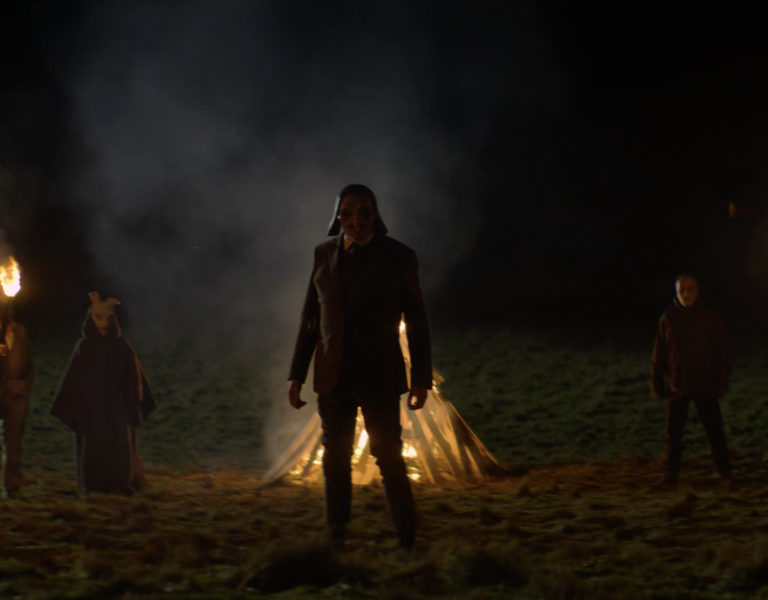
Overview: Pressure is a family drama set in the world of competitive swimming. The story follows 15-year-old James as he tries to live up to both his own expectations and those of his father Neal, an ex-athlete.
What were your initial discussions about the visual approach for the film? What look and mood were you trying to achieve?
Director Tamás Fekete used to be a competitive swimmer and the story is semi-autobiographical, so it was important to him that we conveyed the oppressive and sometimes brutal side of swimming with honesty and authenticity. The narrative called for gritty visuals as opposed to the pristine and overly saturated imagery you normally associate with the sport, and we decided early on that we wanted the colours to have a poisonous quality to them to match James’ inner turmoil.
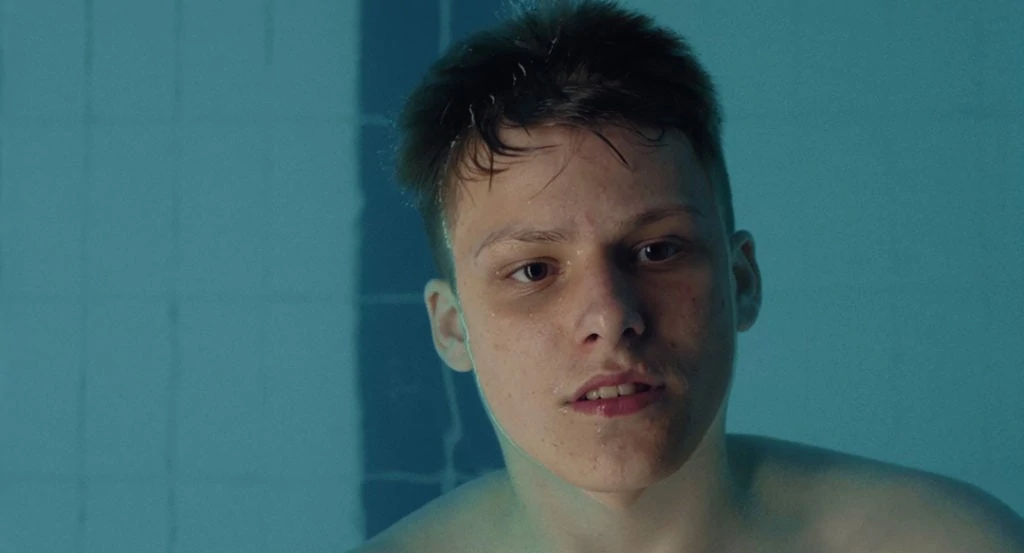
What were your creative references and inspirations? Which films, still photography or paintings were you influenced by?
For the underwater scenes, we drew inspiration from Anne Leone’s haunting paintings of bodies suspended in water. By having the surface cut James in half we could visualise his growing ambivalence towards the sport.
What filming locations were used? Were any sets constructed? Did any of the locations present any challenges?
Apart from two scenes that were shot at the NFTS, the film was shot on location. Filming during the pandemic meant we had very limited access to swimming pools, presenting both day-for-night and night-for-day challenges.

Can you explain your choice of camera and lenses and what made them suitable for this production and the look you were trying to achieve?
Initially we considered shooting on film for that rawness and imperfection in the images, but because we had a limited budget and a lot of underwater sequences we opted for the ARRI Alexa Mini with Cooke Panchro/i Classic primes to achieve a similar texture and image quality without a restrictive shooting ratio. Although modern, these lenses are neither too clean nor too sharp, but retain all the attributes of the original “Cooke Look”, lending an emotional tone to the story. The focus fall-off at the edges of frame helped in isolating James from the rest of the world and invited the audience to come closer.
What role did camera movement, composition and framing, and colour play in the visual storytelling?
We wanted to evoke James’ state of mind through the images, and in many scenes we kept a limited depth-of-field to make the large spaces feel claustrophobic and suffocating. We often placed James on the edge of frame or dissected him with the surface of the water to create a sense of discomfort and disorientation in the viewer. To achieve the type of poisonous colour palette we were after, we played with the colour temperature in camera, often veering towards green to give the feeling that something is slightly “off”.
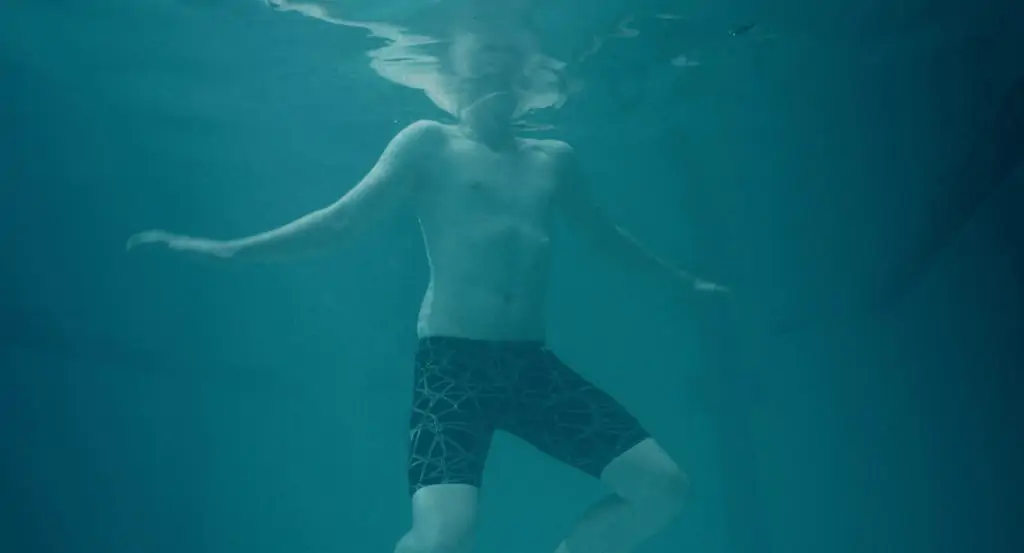
What was your approach to lighting the film? Which was the most difficult scene to light?
Tamás and I knew early on that we wanted the film to be naturalistic yet have a subjective point of view. Since our main lead was a young swimmer with no prior acting experience, we needed the lighting to be unintrusive yet do the trick in any situation. We utilised LiteMats and other low-profile LEDs, allowing us to move quickly and give the director and actors more space to explore the room freely. Shooting in large spaces on a smaller budget also meant that we worked to adapt existing fixtures and light to suit our needs.
What were you trying to achieve in the grade?
The moral of the story is complex and grey, so I wanted to give the film a similar type of desaturated and grainy look that you would get with ENR on film. During pre-production I carried out several tests where I tried to mimic the various lighting conditions we would film in. I brought the footage to our colourist Francis Qureshi who designed a custom LUT for the shoot, based on the ENR process. In post we then added a gentle film grain emulation to bring it all together.

Which elements of the film were most challenging to shoot and how did you overcome those obstacles?
Due to our tight schedule and pool availability we had to film certain swimming scenes in two different locations, making them match in camera. For the underwater scenes we were very fortunate to be able to work with Mike Valentine BSC and Françoise Valentine and their whole team. Before the shoot we worked closely with Mike and devised a detailed plan for what we wanted to achieve on our day of underwater filming, creating a map of the pool with different sections that highlighted what we needed to capture where. It was an incredible learning experience and these scenes are some of my favourites moments of the film.
What was your proudest moment throughout the production process or which scene/shot are you most proud of?
In the beginning of the film, James wins a race but does not make the time he needs to qualify for an upcoming event. The following scene shows James and his father driving home in silence. I strongly felt that this moment should take place during blue hour to reflect James’ emotional state, and to be able to retain the deep blue sky for the whole scene I suggested we film it with the rear projection technique – something I had only done once before in an NFTS workshop. In pre-production I scouted many roads before finding the perfect one, and then shot the driving plates with five SLRs rigged to my car. During production we only had half a day to pull the scene off, and I’m proud to say that so far nobody has spotted that it was shot on stage.
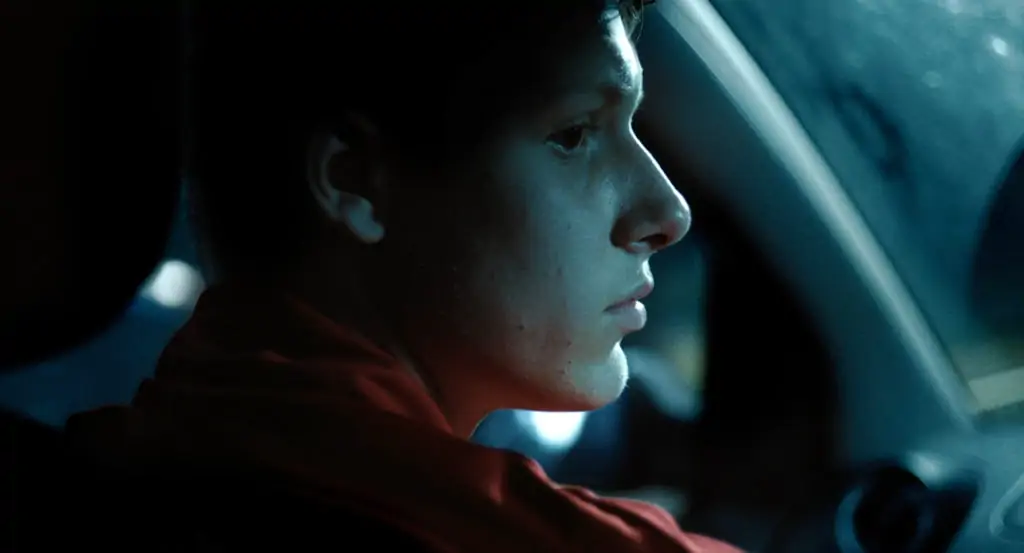
What lessons did you learn from this production you will take with you onto future productions?
Working under strict COVID rules made an already testing production extra challenging. Looking back, I feel that by taking risks rather than choosing the safe route, and having to overcome daily obstacles outside my comfort zone, I was able to develop my craft and grow in my role as cinematographer.
> DISCOVER MORE ‘FICTION’ FILMS FROM THE 2021 NFTS GRADUATE SHOWCASE
> GO TO BRITISH CINEMATOGRAPHER ‘HOME’ PAGE
> BACK TO TOP



